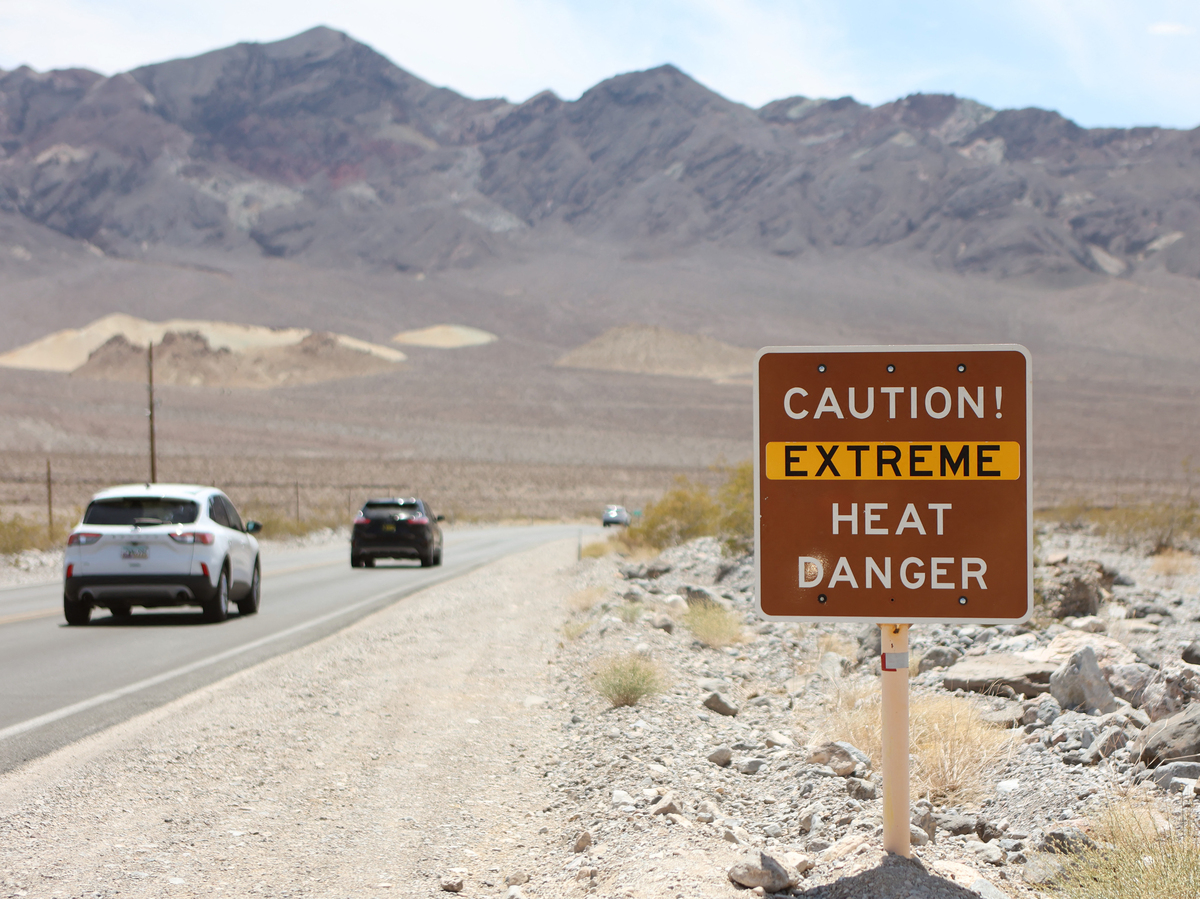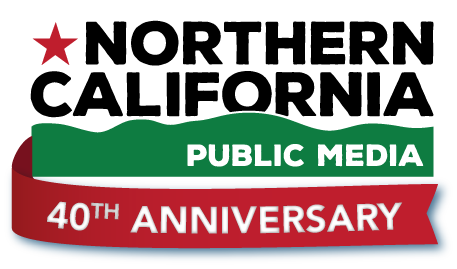
A heat advisory sign is shown along US highway 190 during a heat wave in Death Valley National Park in Death Valley, California, on July 16, 2023. Ronda Churchill/AFP via Getty Images hide caption

A heat advisory sign is shown along US highway 190 during a heat wave in Death Valley National Park in Death Valley, California, on July 16, 2023.
Ronda Churchill/AFP via Getty ImagesWe know that climate change is making all sorts of extreme weather events more likely all around the globe. So what can we do about that?
In this episode, NPR's Allison Aubrey gives us tips on how to avoid heat-related illnesses when temperatures soar to dangerous levels.
And we hear from a climate researcher about what steps we would need to take on a global scale to try and bring temperatures down.
Email us at
This episode was produced by Mia Venkat, Kaity Kline and Alejandra Márquez Janse. It was edited William Troop, Jane Greenhalgh and Christopher Intagliata. Our executive producer is Sami Yenigun.

 Live Radio
Live Radio